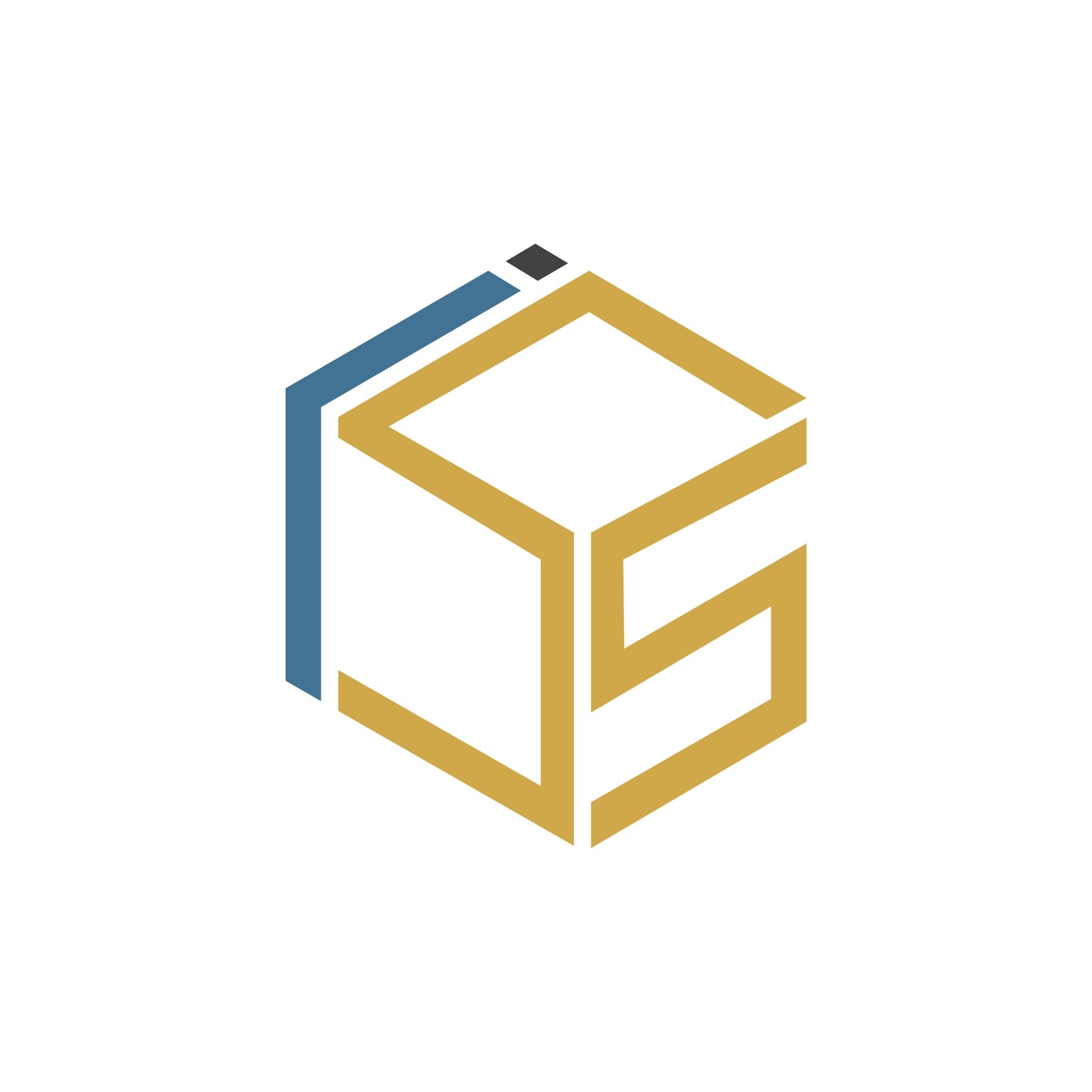
Introduction
Reflection is an essential yet mysterious skill that all Occupational Therapists need to dominate. Part of completing a reflection is an inner feeling of discomfort so it is no surprise because many people try to get by without it. To start with, reflecting on your activities is something that needs conscious determination after the event but eventually, it will become an automatic thought process even when you are in the middle of experiencing the event.
If you are not used to being reflective it can be challenging to know where to begin the procedure. Luckily, there are several models which you can utilize to guide your reflection process. Gibbs’ Model of Reflection is one of the most popular models.
Most people realize that they learn best from their past experiences. Moreover, if they don’t reflect on their experience, and if they don’t knowingly think about how they could do better next time, it is tough for them to learn anything at all. This is where Gibbs’ Model of Cyclical Reflection is useful. You can utilize it to assist your people to make sense of stipulations at work. They can comprehend what they did good and what they could do better in the future.
Read Also – What is a Clinical Reasoning Cycle, and What are the Benefits Associated with it?
What is Gibbs’ Reflective Cycle?
In 1988, the American psychologist and sociologist Graham Gibbs published his Reflective Cycle Model in his book “Learning by Doing”. Gibbs’ Reflective Cycle inspires people to think analytically about the experiences they had during a particular event, situation, or activity.
Utilizing a circle, reflection on those experiences can be organized in phases. This sometimes makes people ponder about an activity, experience, or event in more detail, making them aware of their actions and better allow them to adjust and change their behavior. By looking at both the positive and negative impacts of the event, people can learn from it.
The Gibbs’ Reflective Cycle begins at the Description stage and then continues to Feelings, Evaluation, Analysis, Conclusion and ends at Action stage, hence return to Description stage. The numerous stages are elaborated below: –
- Stage 1: Description
In this step, you explain the event, situation, or activity in detail, without making any kind of conclusions right away. The most basic questions that can assist in creating an objective description are: –
- What happened?
- When did it happen?
- Where did it happen?
- Who was involved?
- What did you do yourself?
- What did other people do?
- What was the end result of these activities?
It should be realized that significant details must not be left out. For example, why certain people were involved in the situation in question. All details that are key to better comprehending the situation are relevant.
- Stage 2: Feelings
This step is about the feelings that the situation triggered, as well as what someone’s thinking was during the activity or event explained in stage 1. The intention is not to talk about the feeling in detail or remark on it directly. Emotions don’t require to be judged or evaluated. Awareness is the most essential goal of this stage. Helpful questions that are commonly used:
- What did you feel leading up to the situation?
- What did you feel during the situation?
- What did you feel after the situation?
- How do you look back on the event?
- What do you think other people felt during the activity?
- How do you think others feel about the situation now?
Because people sometimes have problems talking about their feelings, it helps that they are inspired by the questions. This also proves that Gibbs’ Reflective Cycle can be utilized in an individual setting, or even in a counseling or coaching setting. The final two questions also enable one to see the situation from other people’s perspectives.
- Stage 3: Evaluation
In this phase, you ask yourself if the experience of stage 1 was good or bad. It can be hard for people to be objective about the event. To carry out a proper evaluation, the following questions might be helpful: –
- What went well during the situation?
- Why was that?
- What didn’t go so well?
- Why was that?
- What was your contribution?
- What contribution did other people make?
It is also worth evaluating bad experiences because the consequent stages in Gibbs’ Model of Cyclical Reflection help people learn from them.
- Stage 4: Analysis
This stage is about what you have learned from the event, situation, or activity. Due to the experience, you now know what to do in familiar, future events. This means that both negative and positive things and issues you faced will be jotted down and analyzed individually. After all, humans learn from mistakes. This analysis is sometimes done together with stage 3.
- Stage 5: Conclusion
This is the stage where you take a step back and look at yourself and ask what else you could have done in this event. The data collected earlier is very valuable in this phase and can inspire you to come to a useful and good conclusion.
- Stage 6: Action Plan
In this final stage, activities are designed for future events, situations, or actions. Based on the 5th stage, people make rigid promised to themselves. The purpose is to keep these promises. If things went well, you can promise yourself to do the same thing next time.
Gibbs’ Model of Reflection vs. Driscoll’s Model of Nursing
Another easy model was made by Driscoll in the mid-1990s. Driscoll based his model on 3 key questions: –
- What?
- So what?
- Now what?
By asking these three easy questions we can start to analyze our experiences and learn from them. Initially, we should explain what the experience or situation was to set it in context. This gives us a direct idea of what we are dealing with. We should then reflect on the situation by asking ‘so what?’. The final step asks us to think about the action we will take as a result of this reflection.
It is essential to remember that nothing alters as a result of reflection and that we feel that we trying everything we should during an event. This is equally effective as a result and you should not worry if you can’t think of something to alter.
Conclusion
These are some of the common models of reflection that are accessible. You might find one that really works for you or none of them suits you. Gibbs’ Reflective Cycle offers a useful guide to start but reflection is a very private procedure and everybody will work towards it differently. Take some time out and select the one that works for you.

Your go-to source for the latest in tech, finance, health, and entertainment, with a knack for distilling complex topics into accessible insights, We deliver timely updates on the ever-evolving landscapes of technology, finance, health, and entertainment








